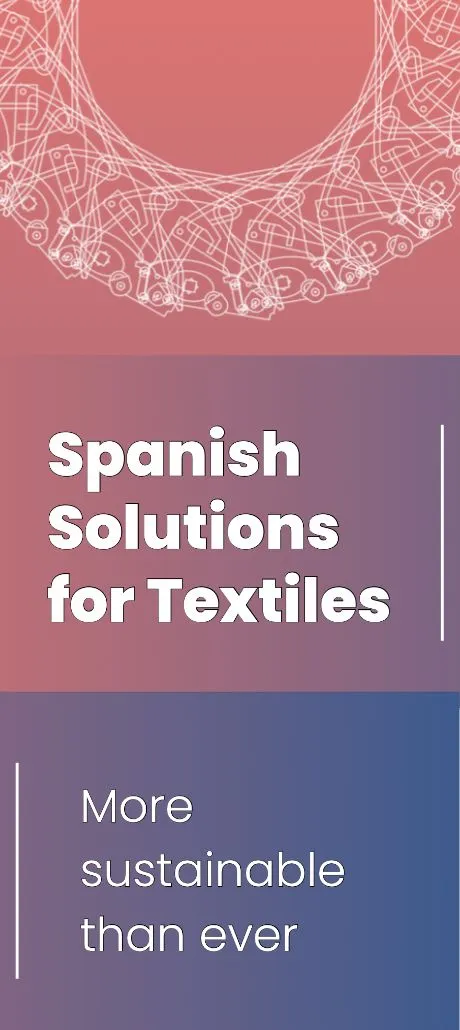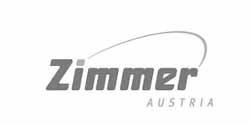Textile Exports 11% Growth in Textile Exports This Year
The head of the Textile and Apparel Department of the Ministry of Industry, Mines, and Trade announced that textile industry exports reached 650 million dollars this year, noting that this figure represents an 11% growth compared to last year. These exports include apparel, textiles, and other items related to the textile industry.
Responding to the Challenges of Importing Textile Raw Materials with Export Currency
During his visit to the International Textile and Apparel Exhibition in Mashhad, Mohsen Tarahomi analyzed the situation of the textile and apparel industry regarding the supply of foreign exchange and raw materials. He stated that the Ministry of Industry welcomes the import of raw materials needed by the textile industry—especially materials that cannot be produced domestically—by utilizing the foreign exchange earned from exports.
He added that this system enables exporting companies to import the necessary raw materials for the textile industry in accordance with specified laws and regulations using the export earnings. Furthermore, part of this process depends on the Central Bank’s policies regarding the repatriation of export currency.
The Need to Modernize Machinery and Support the Textile Industry
Tarahomi further explained that modernizing the machinery used in the textile industry is considered a necessity. In the Seventh Development Plan, the textile and apparel industry has been designated as one of the country’s key priorities. He also noted that specific decisions and strategic policies need to be formulated so that programs and support facilities for this sector can be structured within these policies.
He added, “The drafting of this policy document is underway, and private sector stakeholders will soon be invited to participate in this process.” Tarahomi also emphasized the need to adopt new technologies and modernize machinery to increase productivity and optimize energy consumption.
Organizing Online Apparel Stores and the Use of Product Codes
The head of the Textile and Apparel Department also commented on the organization of online apparel stores. He stated that, given the rapid expansion of online sales in various countries, this sector requires proper policy-making and regulation. Tarahomi added that the use of product codes to organize these markets is very important and can help in better monitoring the supply of products.































